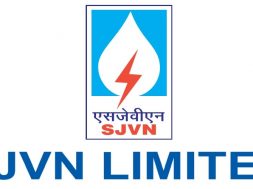
Vietnam Unveils $136 Billion Clean Energy Roadmap to Power a Greener Future – EQ
In Short : Vietnam has approved a $136.3 billion power development plan to boost its energy capacity to 183–236 GW by 2030. The strategy emphasizes renewables, with targets for solar, wind, and reintroducing nuclear power. Coal’s share will drop significantly, supporting Vietnam’s 2050 net-zero goal. The plan also seeks to attract foreign investment despite recent concerns over renewable pricing.
In Detail : Vietnam has announced a massive $136.3 billion energy development plan to increase its power generation capacity and transition toward cleaner energy sources. The goal is to boost installed capacity to between 183 and 236 gigawatts by 2030, more than doubling the current level of over 80 GW recorded in 2023.
The plan sets ambitious targets for renewable energy. Solar power is expected to supply between 25.3% and 31.1% of the total capacity by 2030. Meanwhile, onshore and nearshore wind energy is projected to contribute 14.2% to 16.1%. Offshore wind, a newer segment in Vietnam, is forecasted to reach between 6 and 17 GW by 2035.
One of the most notable shifts in the plan is the revival of nuclear energy. Vietnam plans to install 6.4 GW of nuclear power between 2030 and 2035, with an additional 8 GW to follow by mid-century. This move marks a significant policy reversal after halting nuclear projects in 2016 due to safety and financial concerns.
Coal, currently a dominant source in Vietnam’s power mix, will see its share drop to 13.1%–16.9% by 2030. In contrast, liquefied natural gas (LNG) power is expected to rise to between 9.5% and 12.3%, helping to bridge the energy gap while supporting lower emissions.
The plan is closely aligned with Vietnam’s commitment to achieving net-zero carbon emissions by 2050. It also aims to attract foreign investments in renewable energy infrastructure. However, recent changes in the pricing mechanisms for solar and wind projects have raised caution among investors, potentially affecting funding momentum.
This strategy reflects Vietnam’s broader push to balance rapid economic growth with environmental sustainability. By diversifying its energy portfolio and reducing reliance on fossil fuels, the country is taking critical steps toward a cleaner and more secure energy future.









